Tech
Sign up for our newsletter
We summarize the week's scientific breakthroughs every Thursday.
-
 Chemistry
ChemistryAfter 75 years, plutonium is still NASA’s fuel of choice
On the 75th anniversary of the discovery of plutonium, the radioactive element is still not a major source of fuel for nuclear power plants in the United States.
-
 Health & Medicine
Health & MedicineLead’s damage can last a lifetime, or longer
Scientists have known for decades that lead is toxic to the brain, but the mark lead exposure leaves on children may actually stretch into adulthood, and perhaps even future generations.
By Meghan Rosen -
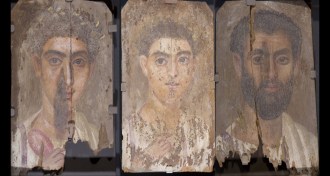 Tech
TechNew clues illuminate mysteries of ancient Egyptian portraits
New analyses shed light on how ancient Egyptian “mummy paintings” were made.
By Bruce Bower -
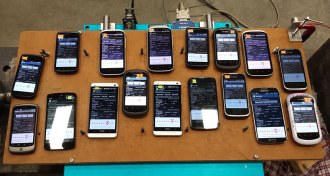 Earth
EarthNew app puts an earthquake detector in your pocket
Smartphone app MyShake uses motion-sensing accelerometers to detect nearby quakes. The app could provide early warnings of incoming tremors, its creators say.
-
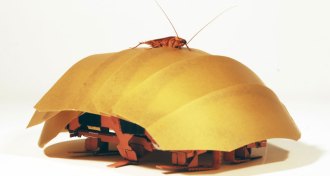 Tech
TechThis roach-inspired robot can wiggle through tight spaces
Cockroaches inspired a compressible, crevice-navigating robot.
-
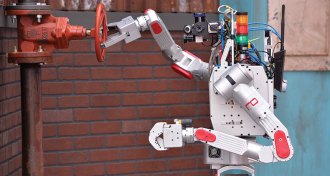 Tech
Tech‘Rise of the Robots’ chronicles race to build disaster-relief bots
NOVA’s “Rise of the Robots” lays out the difficulties of making humanoid robots that can help out in disasters.
By Meghan Rosen -
 Tech
TechPill measures gut gas
A gas-sensing ingestible capsule tested in pigs could someday help doctors assess people’s gastrointestinal health.
-
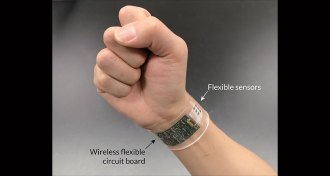 Tech
TechTracking health is no sweat with new device
New all-in-one electronic device can detect and analyze your temperature and four chemicals in your sweat.
By Meghan Rosen -
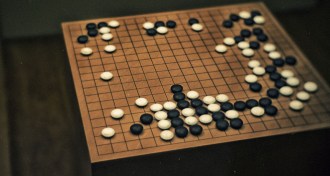 Tech
TechMachine triumphs in strategy game
For the first time, a computer has beat a professional human player in the strategy game Go.
By Meghan Rosen -
 Tech
TechMachine trumps man in strategy game Go
For the first time, a computer has beat a professional human player in the strategy game Go.
By Meghan Rosen -
 Paleontology
PaleontologyPlesiosaurs swam like penguins
Computer simulations of plesiosaur swimming motion may resolve long-standing debate on how the marine reptile got around.
-
 Tech
TechOnline reading behavior predicts stock movements
People's current web surfing patterns predict future stock movements. The discovery could help authorities to stabilize financial markets.